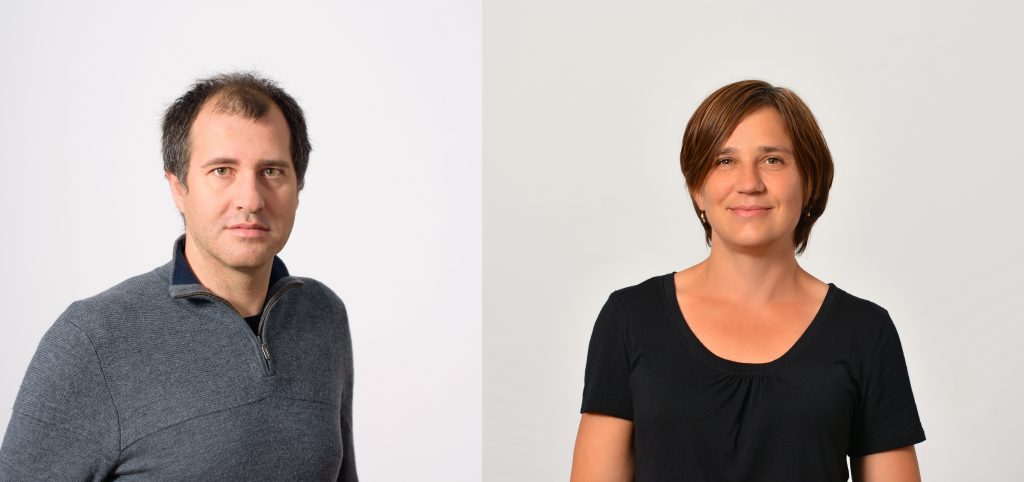December 18, 2017
Two ERC Consolidator Grants go to IST Austria researchers
Sylvia Cremer and Fyodor Kondrashov receive prestigious funding awards from the European Research Council | Total number of ERC Frontier Research Grants awarded to researchers at IST Austria rises to 38
Grants from the European Research Council (ERC) are considered gold medals of research in Europe, given the stiff competition and exacting standards applied in the selection process for these funds. In this round of awards, two professors at the Institute of Science and Technology Austria (IST Austria), Sylvia Cremer and Fyodor Kondrashov, received Consolidator Grants, increasing the total number of ERC Grants at IST Austria to 38. Sylvia Cremer is an evolutionary biologist interested in behavioral ecology and evolutionary immunology in ant societies, and has led a research group at IST Austria since 2010. Fyodor Kondrashov, who joined IST Austria in 2017, is investigating evolutionary genomics. His ERC grant is to be transferred from his previous institution in Spain to IST Austria.
Living in societies amplifies the risk of getting sick, as pathogens can spread quickly and easily along the dense social interaction networks of the hosts. This is true for any social animal, from humans to garden ants. But living in a social community also has advantages: working together, the members of a community can fight disease and prevent an epidemic more effectively than an individual on its own. But it is still poorly understood how the individual defenses of the group members combine and synergize towards society-level protection. This is the question that Sylvia Cremer will tackle in her new ERC-funded project “Epidemics in ant societies on a chip”.
Insect societies are excellent model systems for experimental studies, as these societies can be monitored and manipulated in their entirety. The social insect Sylvia Cremer will use in her project is the garden ant. Over the course of the project, she will follow the principles of lab-on-a-chip techniques and will design and engineer a device called AntCHIP—a high tech ant nest that enables scientists to automatically monitor and manipulate individual colony members. Using this technology, she and her group will study how the interplay of the individuals’ activities prevents epidemics.
The second awardee, Fyodor Kondrashov, works to answer longstanding questions in evolutionary genomics. For instance, it is not currently possible to predict what an organism looks like or what physical properties it has (the phenotype) from its genes (the genotype). In his project entitled “Characterizing the fitness landscape on population and global scales” Fyodor Kondrashov will use genomic experiments as well as theoretical methods to take steps along three different tracks of research. First, he and his team will study the variation that is found in natural populations to understand how genetic interactions shape the phenotype. Second, they will examine how evolution proceeds along long evolutionary timescales—a question best answered by studying the fitness landscape of many genotypes. And third, they will model complex genetic interactions in protein sequences, with the long-term goal of improving our ability to predict phenotypes from genotypes.
By combining all three approaches in his project, Fyodor Kondrashov aims to provide a unifying understanding of how phenotypes are shaped through genetic interactions—in other words, how genes and evolution are shaping the organisms we know.
Tom Henzinger, President of IST Austria, congratulates the awardees and says: “The two additional Consolidator Grants prove once again that the scientists at IST Austria perform cutting edge research on the highest level. The fact that both grantees work in the field of evolutionary biology shows us that this field is well established at IST Austria.”




